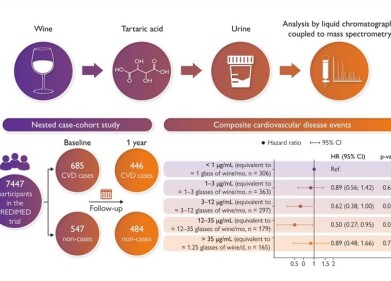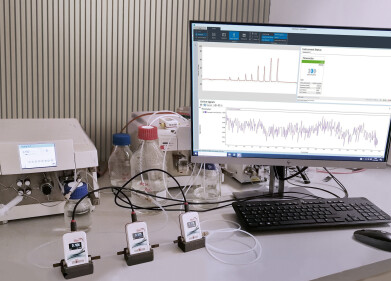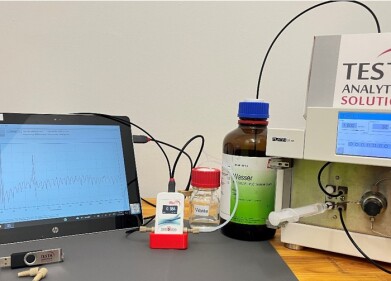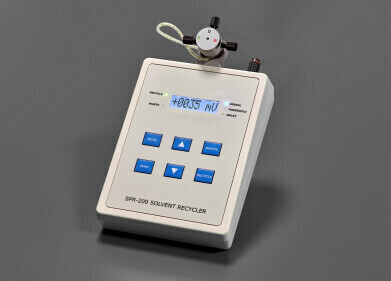Chromatography
Oil and Gas Monitoring in the Gulf of Mexico and Florida Keys
Oct 04 2011
ITT Corporation announced that its AADI brand has teamed up with the University of North Carolina (UNC) at Chapel Hill to develop two new multi-sensor arrays to detect light hydrocarbons and oxygen depletion associated with oil and gas releases such as recent occurrences in the northern Gulf of Mexico.
This research is vital to monitor the long-term effects of water contamination and its threat to coral reef and other coastal ecosystems. The multisensor arrays, built on AADI’s SEAGUARD® platform, have enabled scientists in the University’s Department of Marine Sciences to set new standards for the efficiency of analyses while offering unmatched precision and simple deployment.
The AADI SEAGUARD platform from ITT Analytics is a multi-parameter instrument offering advanced flexibility and real-time capabilities for underwater observation. The first of the new arrays developed from the platform, nicknamed HANDI by the UNCChapel Hill scientists, was deployed for testing in 2010 at Conch Reef off Key Largo, Florida.
The array assisted the team by effectively detecting oxygen depletion and potential oil and gas transport along the reef ecosystem’s border with fast-moving water in the Florida Straits. Equipped with two of AADI’s fast-response optodes from ITT Analytics, HANDI offers the team immediate and reliable dissolved oxygen measurements without the need for repeated calibrations. Following the success of the system in Florida.
HANDI has been redeployed as part of a benthic lander system with oxygen and light hydrocarbon monitoring capabilities in the northern Gulf of Mexico.
The deployment forms part of a long-term gas hydrate monitoring program at Mississippi Canyon Block 118 located within 20 miles of the Deepwater Horizon oil and gas blow-out. The SEAGUARD platform also offers UNC-Chapel Hill scientists the possibility to add a multi-sensor string, which can turn a single system into a large-scale array simply
by plugging in a string of up to 60 sensors.
The second SEAGUARD multi-sensor array known as GHANDI, has been designed as a survey instrument and was deployed during UNC-Chapel Hill’s Florida Keys mission to survey spatial variability in background light hydrocarbon distributions along the outer reef track. The system’s range of AADI sensors monitor oxygen, current conditions,
water temperature and conductivity, offering UNCChapel Hill’s scientists the flexibility to easily adapt the configuration to meet various demands at each stage of the program.
Digital Edition
Lab Asia 31.6 Dec 2024
December 2024
Chromatography Articles - Sustainable chromatography: Embracing software for greener methods Mass Spectrometry & Spectroscopy Articles - Solving industry challenges for phosphorus containi...
View all digital editions
Events
Jan 22 2025 Tokyo, Japan
Jan 22 2025 Birmingham, UK
Jan 25 2025 San Diego, CA, USA
Jan 27 2025 Dubai, UAE
Jan 29 2025 Tokyo, Japan



















